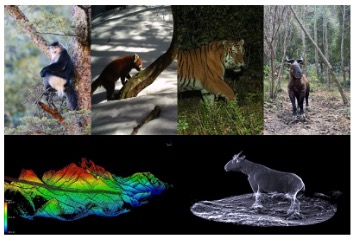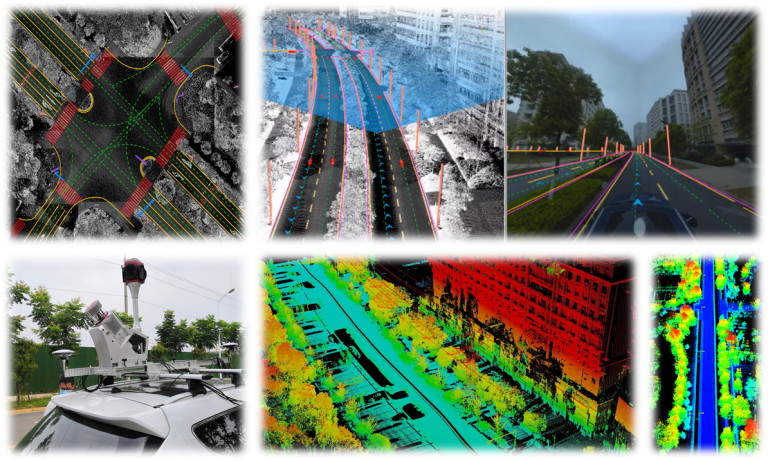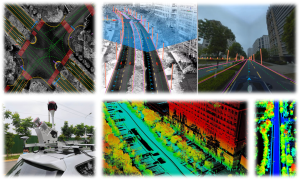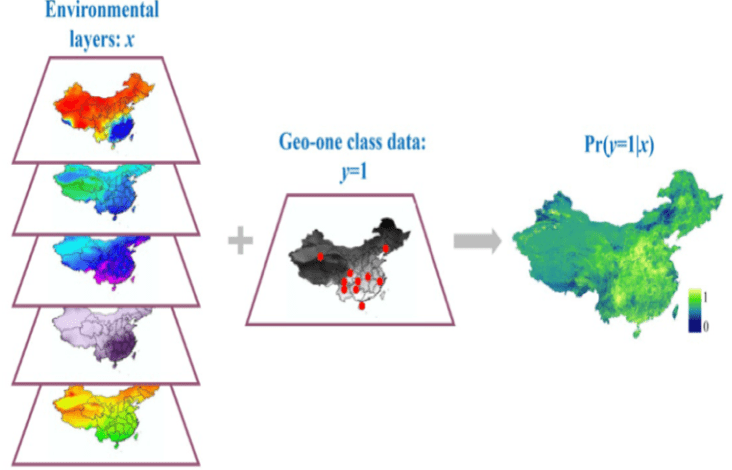Animal 3D Ecology: Ecosystem Structure Reconstruction & Application-1

Knowledges about processing of interactions within organisms, between organisms and environment form bedrock of understanding how ecosystem organized. Interactions in forest ecosystem are inferred from patterns of spatial-temporal co-occurrence or avoidance in physical space. Based on the complexity of three-dimensional (3D) ecosystem, ecologists urgently need accurate in-situ data to construct nonlinear relationships and describe complex interacting systems. The reconstructed 3D ecosystem structure provides accurate in situ data to help us description interactions in a unified dimension. Although, reconstruction of 3D environment structure has gradually become an effective means for ecologists to study the interaction, research on 3D animal structure has lagged. We provided a 3D animal remote sensing platform combined with multi-platform lidar can obtain the 3D structure of animals and environment, which not only fills the blank of obtaining 3D animal structure data in the wild, but also forms a complete 3D ecosystem structure including animal and environment information. Under the premise of reconstructing 3D ecosystem structure, it is possible to develop complex interaction systems, and base on the process of interaction between animals and environment to promote the further development of animal 3D ecology.
Publications
- Yang Haitao, Li Shun, Hou Rong, Song Wentao, Fu Yanwen, Li Yongbo, Wang Xiaowei, He Gang, Chapman A Colin , Guo Qinghua, Li Baoguo. 2023. Three-dimensional assessment of movement patterns of Sichuan snub-nosed monkeys affected by habitat structure in temperate forests. Zoological Research. 44(2): 361-365.
- Fu Yanwen, Xu Guangcai, Li Yumei, Gao Shang, Guo Qinghua*, Yang Haitao. 2023. Technological innovation facilitates the practice of “three-dimensional ecology”. iScience 26:105767.
- Fu Yanwen, Xu Guangcai, Gao Shang, Feng Limin, Guo Qinghua, Yang Haitao. 2022. LiDAR Reveals the Process of Vision-Mediated Predator–Prey Relationships. Remote Sensing. 14(15):3730.

 Intelligent Driving: Essential Tech Research & Development
Intelligent Driving: Essential Tech Research & Development Intelligent Driving: Essential Tech Research & Development-1
Intelligent Driving: Essential Tech Research & Development-1 Geographic One-class Data: Methods & Applications
Geographic One-class Data: Methods & Applications